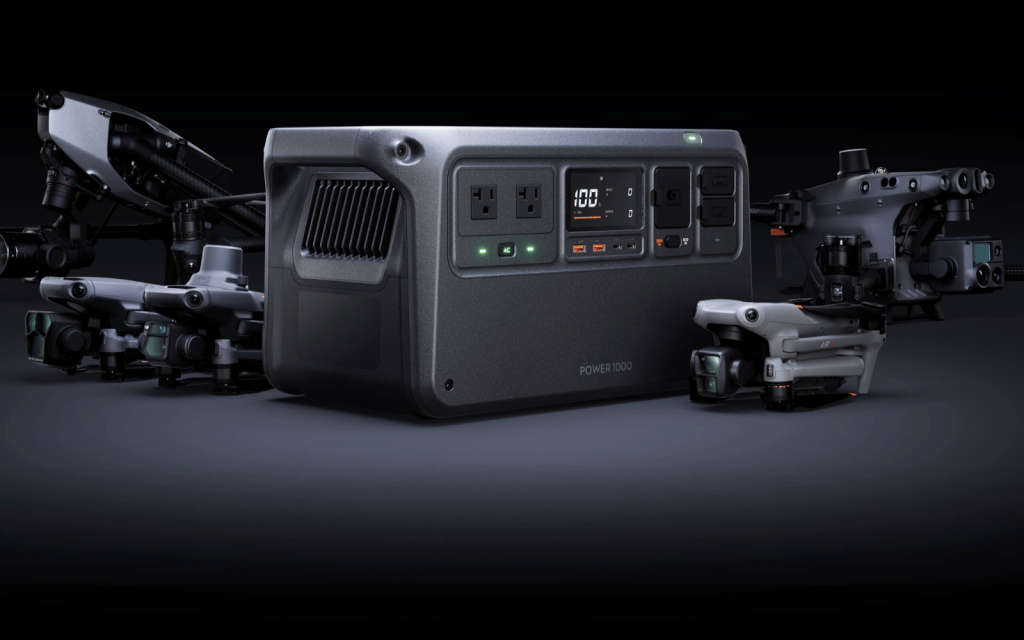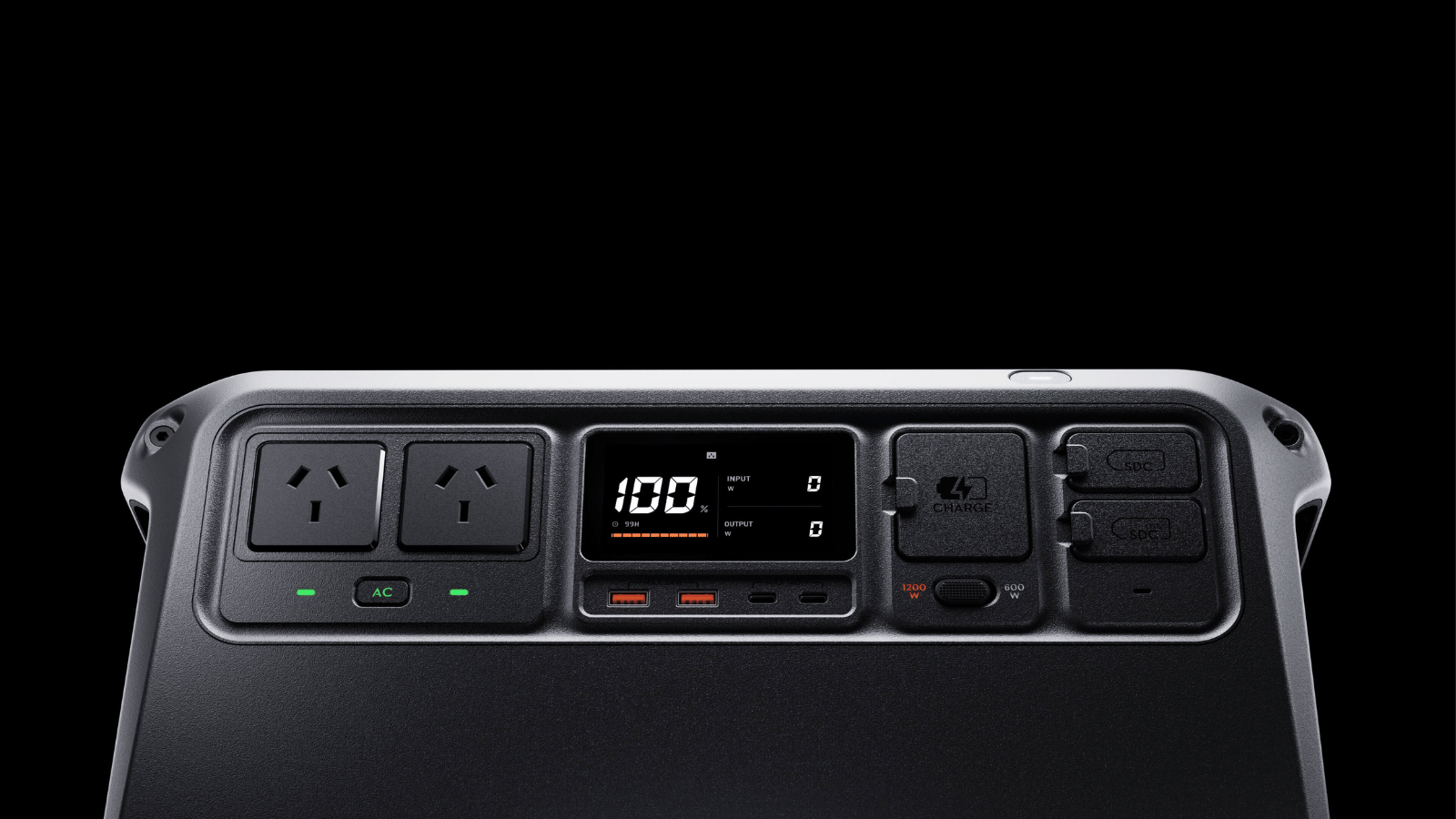Major corporations in the US and Europe are finally taking seriously a sector South Africans have been king of for quite some time: power stations. And thank goodness, too. If it wasn’t for Asus’ upcoming ROG Mjolnir or DJI’s drone-fast-charging power stations, the area might develop into a barren wasteland of boring ideas.
As such, DJI’s newly released Power 500 and Power 1,000 in the US and Europe (both devices released in China last year) are exactly the kick up the backside that the power station industry needs. At the time of writing, DJI hasn’t announced any intention to expand to South Africa, though our dire energy situation might be enough to put us on the app.
Unlimited Power!
Should these make their way to South Africa, they won’t come cheap. We’re not complaining, though. The more expensive of the two — the Power 1000 — more than makes up for its $1,000 price in the US, roughly translating to R19,100 plus whatever taxes are thrown on top. The smaller Power 500 goes for nearly half that price at $500 — a far more feasible entry at the R9,500 conversion.
Clocking in at 13kg, the Power 1000 has a 1,024Wh capacity, and outputs at 2,200W AC — more than enough to keep a power saw running for 40 minutes, an electric fan for nine hours, and, because this is coming from DJI, a drone twelve times. If it wasn’t obvious, the Power 500 delivers around half that performance, with a 512Wh capacity and 1,000W of output.
Read More: Bluetti EB70 Portable Power Station review – For when Eskom has you feeling Blue
Both devices are rocking LFP (lithium ferrophosphate) batteries and, most importantly, a proprietary Smart DC (or SDC) outlet that’ll have your DJI drone charged in a trice (as long as you’ve got the drone DJI wants you to). The Power 500 has one SDC Lite port, while the more expensive package includes a Lite plus a normal SDC. Throw in the array of AC/DC ports, 2x USB-C ports each capable of 140W max output, and two olden-day USB-As.
What really sells the Power 1000 and Power 500 is their ability to charge in 70 minutes from zero, and the fact that it can be hooked up to a direct source of Vitamin D to get its kicks. As it should, for the $1,000 asking price.





